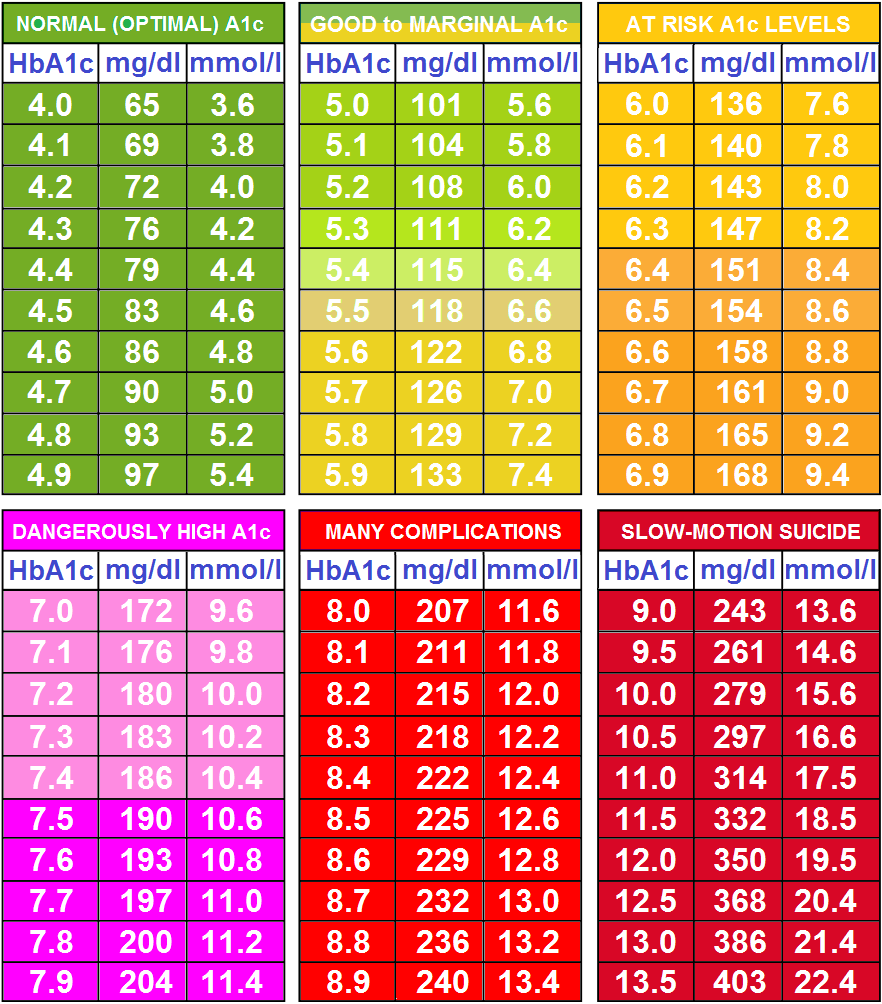
Identify and monitor the health status of the entire population, not just those patients whose glycated hemoglobin score indicates poor control. 2013 19(6):465-472Based on the findings of this study, provider organizations need to develop 2 critical population health management core competencies to impact overall rates of poor diabetes control. This total population-based approach would engage all diabetic patients inside and outside practice walls to optimize provider ability to impact health outcomes.Īm J Manag Care. Instead of focusing resources only on the highly dynamic and relatively small subpopulation of patients with 9+ scores, a better option may be ensuring that all patients get regular testing according to appropriate protocols. For all patients, the longer the interval between tests, the greater the probability that the next test result will be 9+. And for those with a prior 9+ result, only 16.8% have 3 consecutive 9+ scores after their initial 9+ test. More than half (57.5%) of patients have their first 9+ score on their first test. The percentage of patients with poorly controlled diabetes (9+) is increasing annually, but there is sizable turnover within the population- meaning that new uncontrolled patients replace those whose outcomes improve. 
This study was conducted using data on more than 23,000 patients identified as having diabetes and included A1C laboratory results extracted from electronic medical records. To analyze A1C outcomes in 2 ways: (1) year over year for patients identified as diabetic and (2) from test to test. However, this strategy may be missing more profound opportunities to improve quality. The glycated hemoglobin (A1C) test and corresponding values are often used as quality metrics, and patients with values of 9.0% or above (9+) tend to utilize intensive resources.

Diabetes is frequently monitored as part of quality programs and initiatives.






 0 kommentar(er)
0 kommentar(er)
